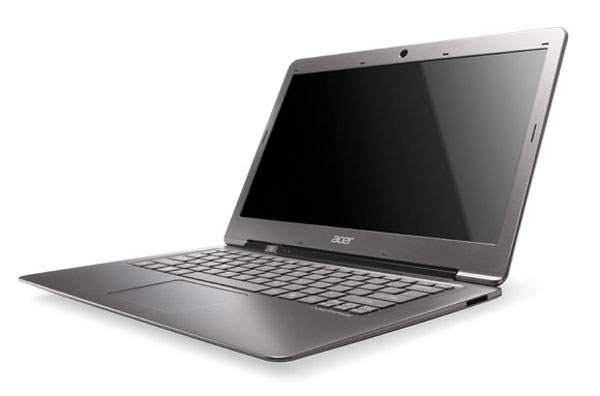In a largely content-free keynote, Intel’s CEO Paul Otellini discussed the chipmaker’s plans for the future of the computing industry and the firm’s new buzz phrase “the computing continuum.”
Otellini started with the standard spiel of the entire Internet running on Intel architecture, from millions of hours of YouTube videos, to billions of tweets and Facebook photos all requiring more transistors to power data centers to host the magic of the Interweb.

“We’re at the beginning of the computing continuum,” he said adding that Santa Clara had always put the user “at the sweet spot, no matter where he or she is.”
Intel, he said, had been driving exponential growth and the drive for transistors for a long time, with the explosion of connected devices only helping to create more demand for data center build-out.
Throwing big numbers out, Otellini said the world of computing would soon shoot past the one sextillion mark of transistors (that’s 10 to the power of 21 for the math geeks).
“That’s a lot of transistors,” Otellini added, helpfully.
Next came the revelation that “Moores law is not a scientific principle, it’s an observation,” though Otellini was careful to defend the old Moore’s mantra.
“There’s been speculation that it will someday end but each time Intel engineers have found a way around it and kept pushing through,” he said, citing the firm’s upcoming 3D transistor on a 22nm process as an example of being to cram more and more onto less and less space.
The transition to Ivy Bridge (22nm processor) is expected to happen next year and was described by the intel chief as “a very important achievement.”
“The world needs Moore’s law to continue and Intel is committed to making this happen,” explained Otellini, adding that his firm was already well into development of the even smaller 14nm process and was even already tooling factories to support it.
The reduced electronic footprint, he said, was already resulting in thinner, lighter devices like the new line of Intel Ultrabooks.
The Ultrabooks, Otellini said, were far lighter, sleeker, and longer lasting on a single charge, as well as being “more responsive and more engaging than ever.
“It will be secure so you can connect it without concern and it will be affordable. It will become the new norm of computing,” he promised.
Indeed, several of the new ultra-thin Ultrabooks are already shipping from several of Intel’s partners and were on show at the event.
Otellini also gave a few scant details about the next next-generation Intel platform after Ivy Bridge, Haswell, which he claims has already completed its design phase.
Otellini claimed Haswell was already showing a 30% reduction in power as well as additional 20% reductions in system level power management. This, he said, would allow for computers with 10 day standby and all day usage battery life.
The implications for the ultrabook, said Otellini, were “huge” and from the chief’s perspective, “the timing couldn’t be better.”
Haswell, he said would continue to cater to intel’s “longstanding obsession with power reduction,” and prove that Intel was really committed to “pushing the limits of transistor technology.”
In a hat tip to Mcafee, the digital security firm purchased by Intel last year, Otellini also said the coming years would be the real start of “protected computing” and that 2011 would be remembered “as the year the industry got serious about security.”
“Tablets and phones are not immune to malware,” he said. “We at Intel saw this trend and saw the need for a more holistic approach,” he added, unveiling the firm’s new “Deep Safe Technology Program” combining security features built in to both hardware and software.






